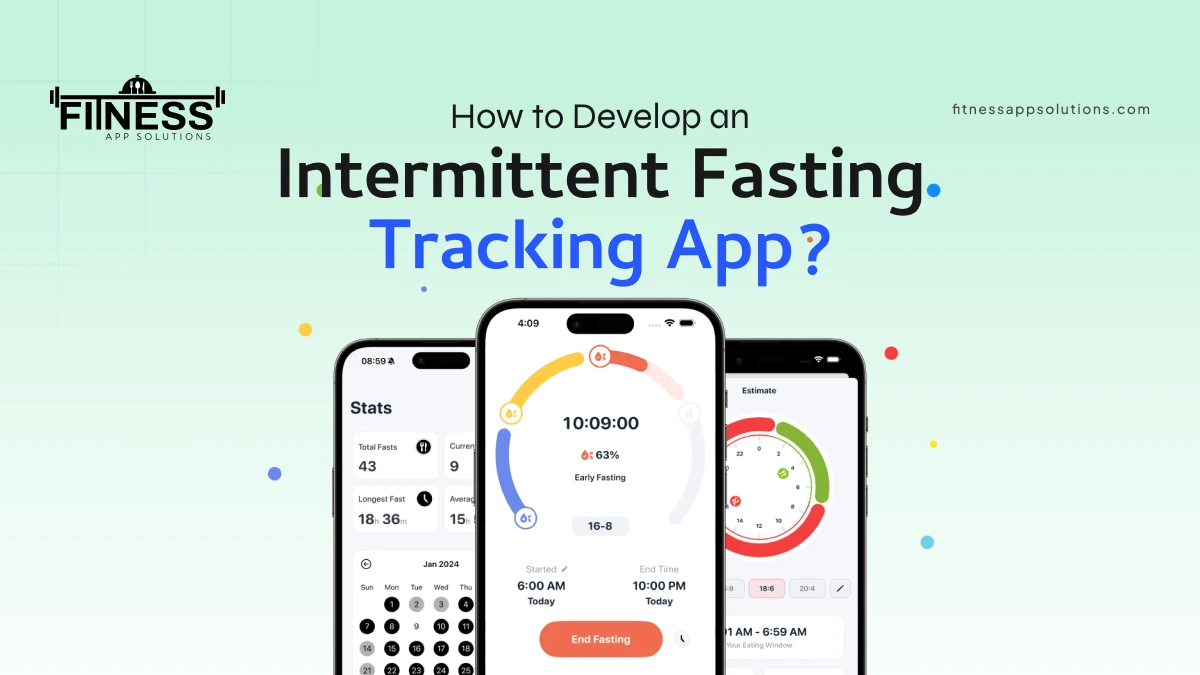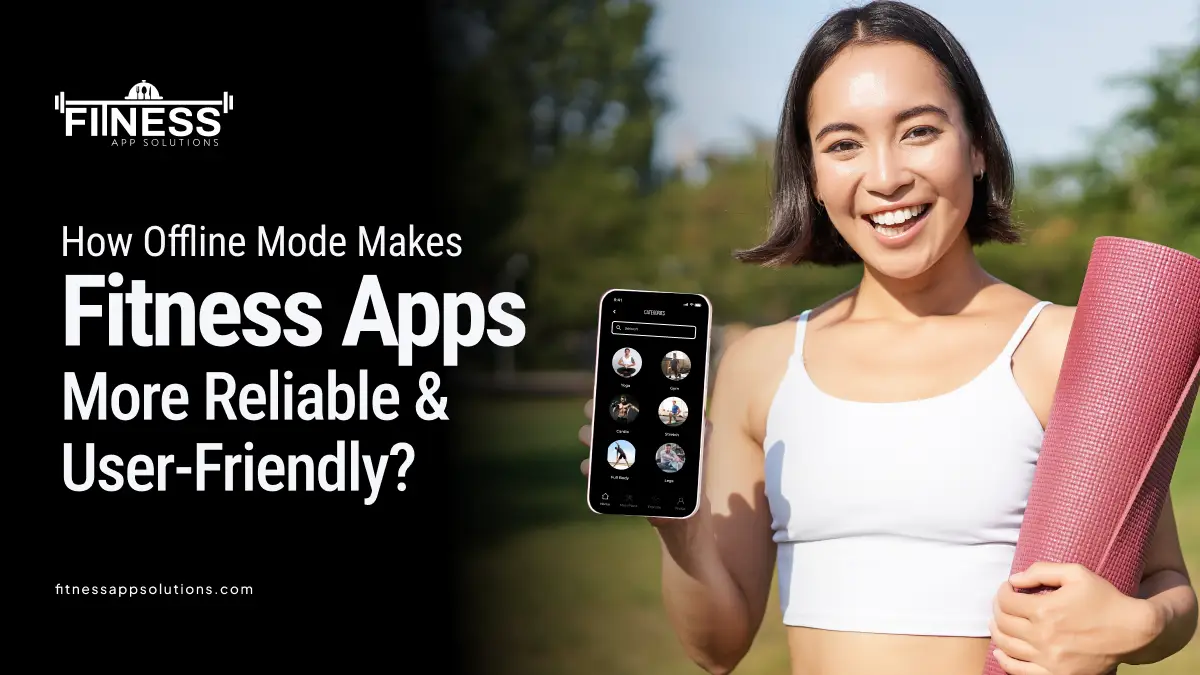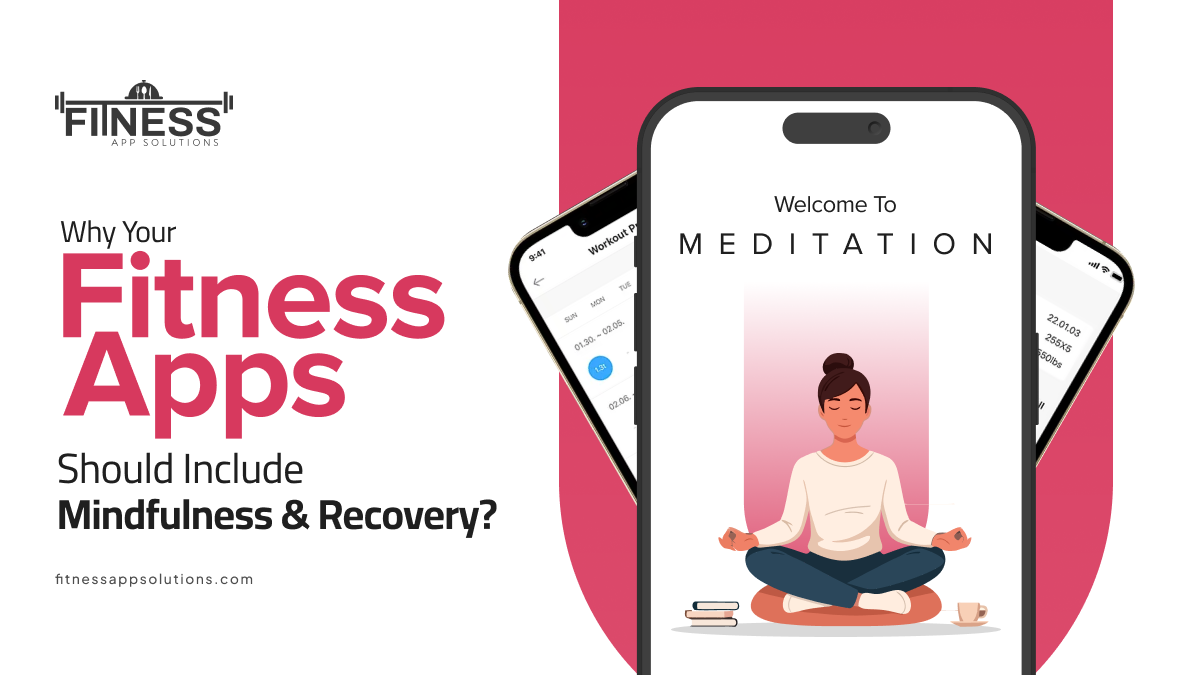Intermittent fasting (IF) has become immensely popular as a health & wellness trend. With this intermittent fasting tracking app is helping people to manage weight, improve metabolism, and boost overall health.
With the rise of health-consciousness in consumers, developing an intermittent fasting tracking app can be a lucrative and impactful project. In this blog, we will go through the key steps to create a successful Intermittent fasting app.
What is Intermittent Fasting?
Intermittent fasting significantly involves cycling between periods of eating and fasting. The popular methods of intermittent fasting include the 16:8 method, 5:2 diet, and Eat-Stop-Eat.
Why Do You Need to Track Intermittent Fasting?
Tracking your fasting windows, meals, and progress can be challenging in the absence of right tools. This is where an intermittent fasting tracking app comes acts as a savior. It helps users stay consistent, monitor their progress and achieve their health goals.
What are the Key Features of an Intermittent Fasting Tracking App?

You need to include various features that cater to your users’ needs to develop a successful Intermittent fasting app. Here are some essential features:
Fasting Timer:
Integrate a timer for fasting. That means, include a fasting timer that can keep record of your fasting time and meal timings.
Customizable Fasting Plans:
Create customized fasting plans for users’ convince. Create various plans like 16:8, 18:6, 5:2, and many other according to users need.
Progress Tracking:
Integrate Visual charts and graphs to track weight, fasting hours, and other metrics.
Reminders and Notifications:
Include reminders and notification option to keep alerting users about their fasting and health goals. Reminders will help them to keep hooked with their goals even in busy schedules.
Meal Logging:
This feature will help them to log their meal preferences and calories intake to help app to customize their meal plans.
Water Intake Tracker:
Include a tool to monitor daily water consumption along with meal tracking.
Integration with Wearables:
Allow users to integrate their app with wearable to keep in touch with the app features and health goals reminders anywhere and at any time.
Community and Social Features:
Include social features to motivate users to build communities and forums with each other.
Educational Content:
Include tips, articles, and videos about intermittent fasting.
How to Develop Intermittent Fasting Tracking App?

Here is a step-by-step guide to develop the app:
Step 1: Market Research and Target Audience Analysis
The first task is to identify your target audience for e.g., fitness enthusiasts, weight loss seekers, and various peoples. So that you can design your app accordingly. Then analyze your competitors, their market strategies and USPs to formulate a strong strategy to outshine in the market by understanding users’ pain points and preferences.
Step 2: Define the App’s Core Features
Describe the features of your app based on your target audience, their needs and budget. Try to integrate the latest features like wearable integration, activity tracking, push reminders, social media integration to make your app lucrative for the audience.
Step 3: Design the User Interface (UI) and User Experience (UX)
Focus on creating a clean, intuitive, and visually appealing and easy to navigate design. Use wireframing tools like Figma or Sketch to create mock-ups. Attractive interface can significantly impact user retention.
Step 4: Choose the Right Technology Stack
- For Frontend: React Native, Flutter, or Swift for iOS and Kotlin for Android.
- For Backend: Node.js, Django, or Firebase.
- For Database: MongoDB, PostgreSQL, or SQLite.
- For Cloud Storage: AWS, Google Cloud, or Azure.
Step 5: Develop the App
For seamlessly developing the app, break the development process into fragments. Collaborate with developers, designers, and QA testers. Integrate APIs for features like push notifications and wearables.
Step 6: Test and Debug
Conduct thorough testing (unit testing, integration testing, and user testing) and bugs to optimize performance.
Step 7: Launch and Market the App
Launch the app on the App Store and Google Play Store. Use digital marketing strategies like social media ads, influencer partnerships, and SEO.
What are the Monetization Strategies Used For Intermittent Fasting Tracking App?
The various monetization strategies used are:
1.Freemium Model: Offer basic features for free and charge for premium features.
2.In-App Purchases: Sell advanced fasting plans or personalized coaching.
3.Subscription Plans: Monthly or yearly subscriptions for premium content.
4.Advertisements: Display ads from health and wellness brands.
What are the Challenges and Tips For Success?
| Challenge | Tip |
| High competition in the health app market | Focus on unique features like AI-based meal recommendations or gamification |
| Ensuring user engagement and retention | Regularly update the app with new features and content |
| Data privacy and security | Comply with regulations like GDPR and HIPAA |
Conclusion
Developing an intermittent fasting tracking app requires careful research and planning, user-centric approach, intuitive design and effective marketing. By incorporating essential features, leveraging the right technology, and addressing user needs, you can create an app that stands out in the competitive health and wellness market.
Frequently Asked Questions (FAQs)
1.What is an Intermittent Fasting App?
An intermittent fasting app is a mobile application designed to help users track their fasting periods, meal timings, and overall progress in their intermittent fasting journey.
2.What are the Benefits of using an Intermittent Fasting App?
Benefits include better tracking of fasting periods, improved adherence to fasting schedules, personalized meal plans and many more.
3.Are there any cost associated with Intermittent Fasting App?
Many apps offer a freemium model, providing basic features for free while charging for premium features or subscriptions. Always check the app’s pricing structure before downloading.
4.Can I integrate my Fasting App with Wearables?
Yes, you can integrate if your fasting app have included that feature.
5.What are the latest trends in Intermittent Fasting Apps?
Current trends include AI-based meal recommendations, gamification elements to enhance user engagement, and personalized coaching features to support users in their fasting journey.



